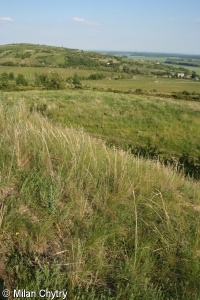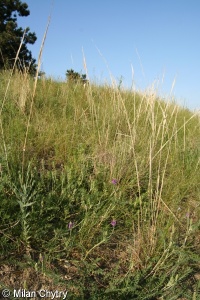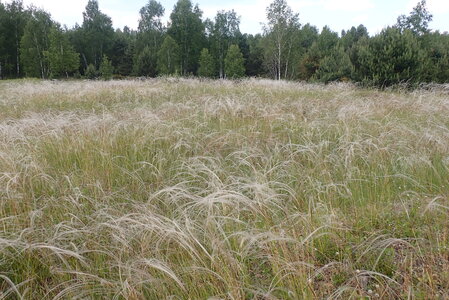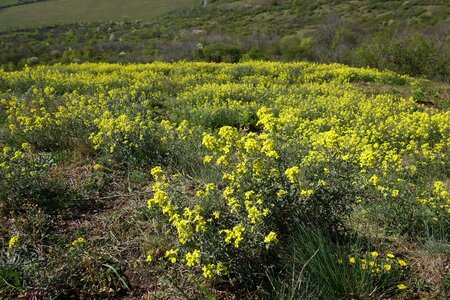R1B Continental dry grassland (true steppe)
Steppe and steppe-like grassland on mostly base-rich soils over limestones, of varying depth and stoniness, occurring through the lowland to submontane belts of continental Europe. Dominated by plants adapted to long periods of summer drought, mostly tall tussock grasses and perennial forbs, it shows wide variation in species composition and particular topographic location across the substantial range. In more extreme situations, the grasslands are natural, but they often sustain extensive grazing.
Remark: This habitat also includes many dry grasslands that are not “true steppe”. Therefore the name should be changed, e.g. Continental steppic grassland (including the true steppe). For the steppe zone, this habitat is probably too broad. It includes specific types on rock outcrops (petrophytic steppe) and on solonetz soil (solonetz steppe), each of them with a distinct group of specialist species. These types need to be considered as a potential addition to the EUNIS classification system in the future.
Chytrý M., Tichý L., Hennekens S.M., Knollová I., Janssen J.A.M., Rodwell J.S. … Schaminée J.H.J. (2020) EUNIS Habitat Classification: expert system, characteristic species combinations and distribution maps of European habitats. Applied Vegetation Science 23: 648–675. https://doi.org/10.1111/avsc.12519
Version 2025-10-03, https://doi.org/10.5281/zenodo.16895007.
For the official presentation of the EUNIS Habitat Classification from the European Environment Agency, please see: EUNIS Terrestrial Habitat Classification 2021. The FloraVeg.EU presentation may show modifications and partial updates to the habitat classification.
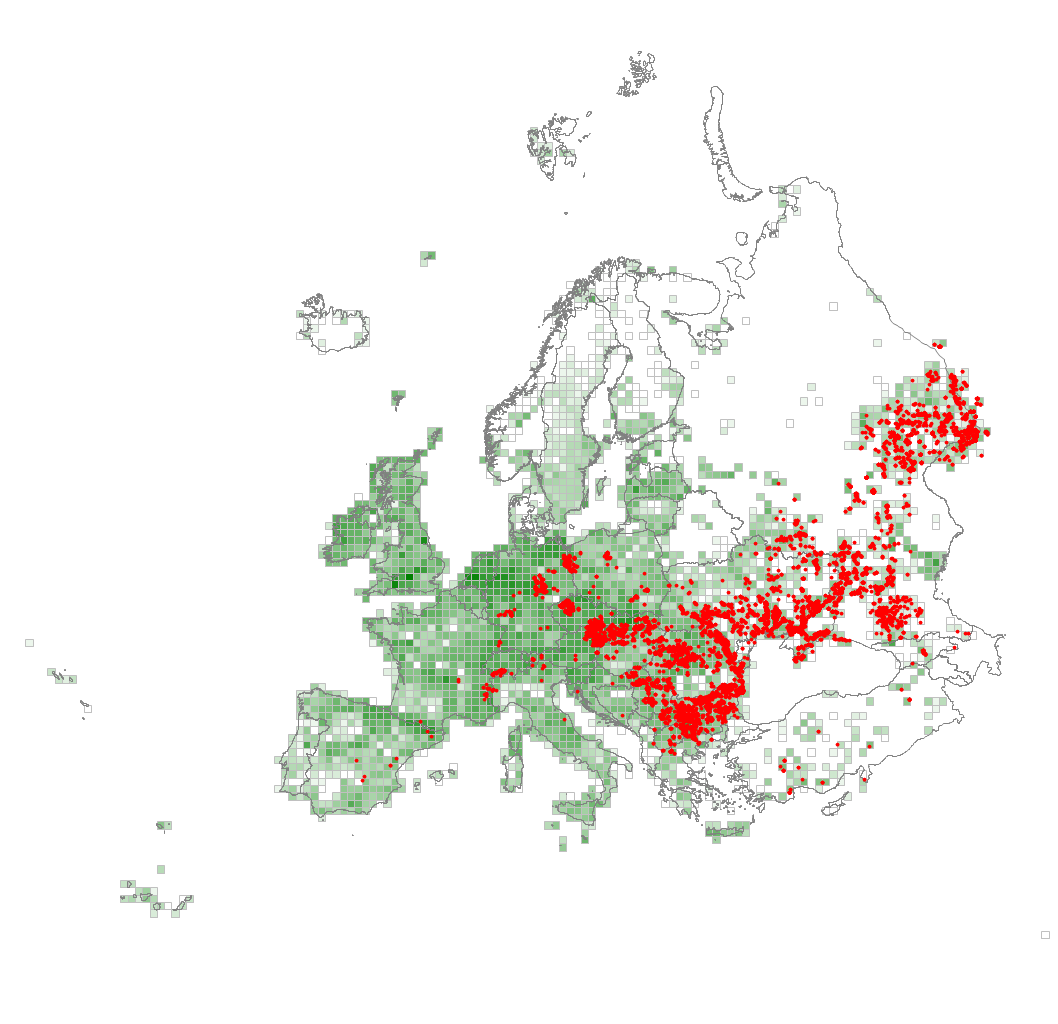
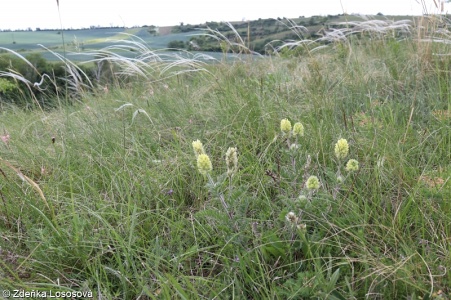
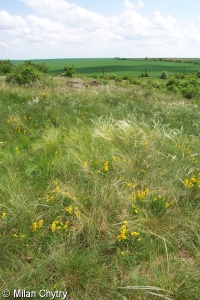
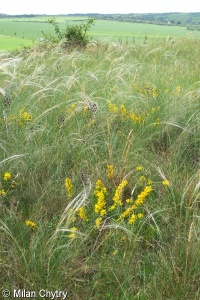
2.jpg)

